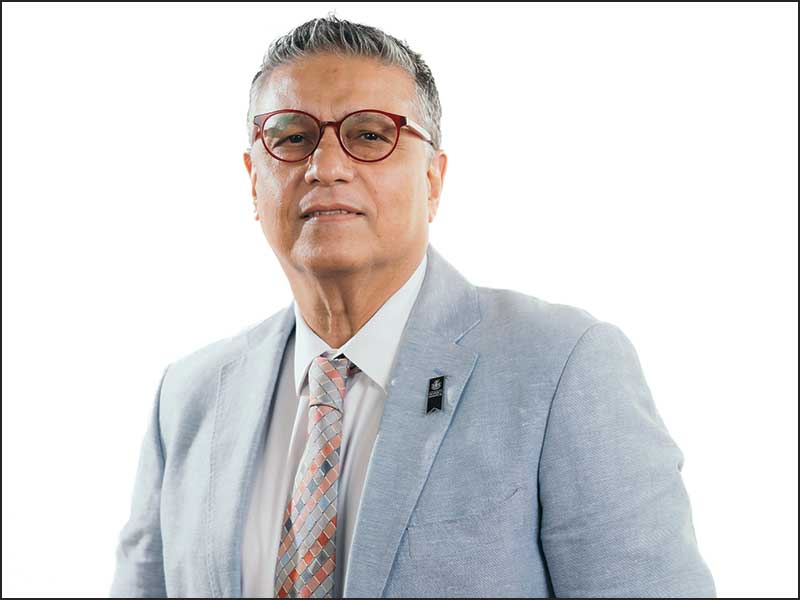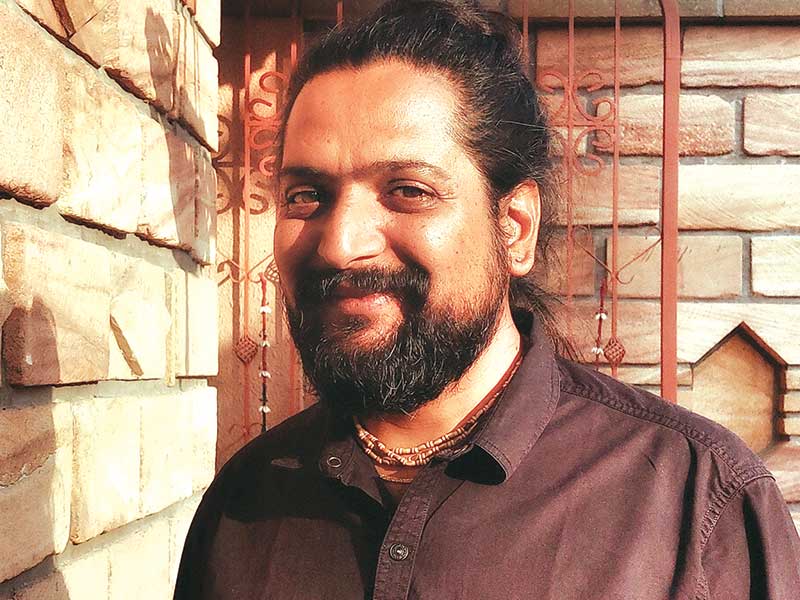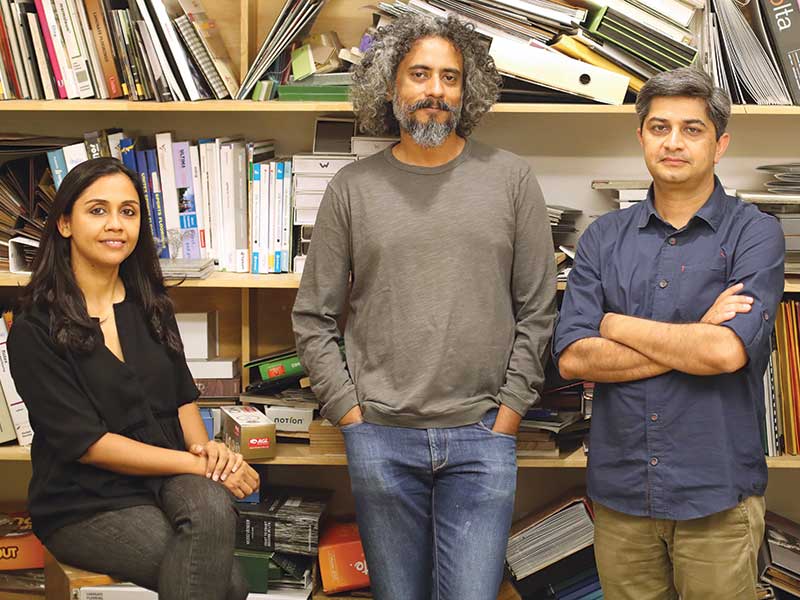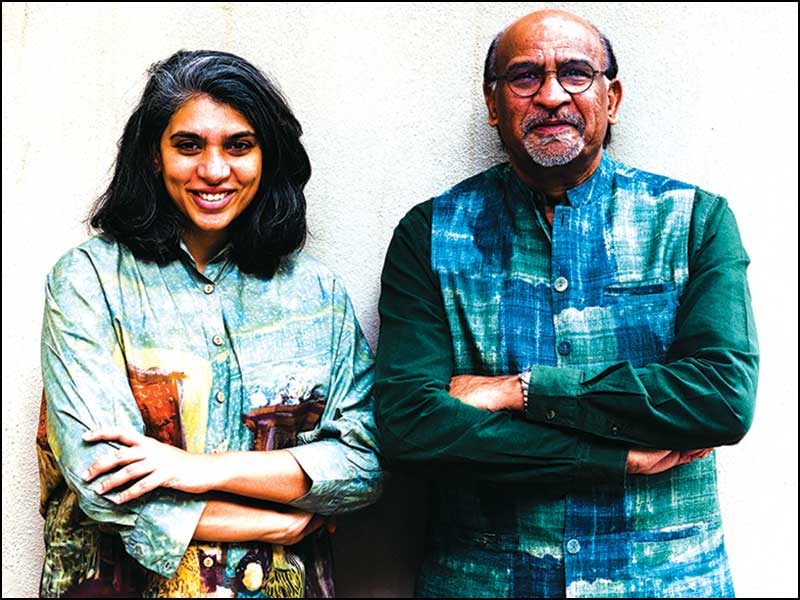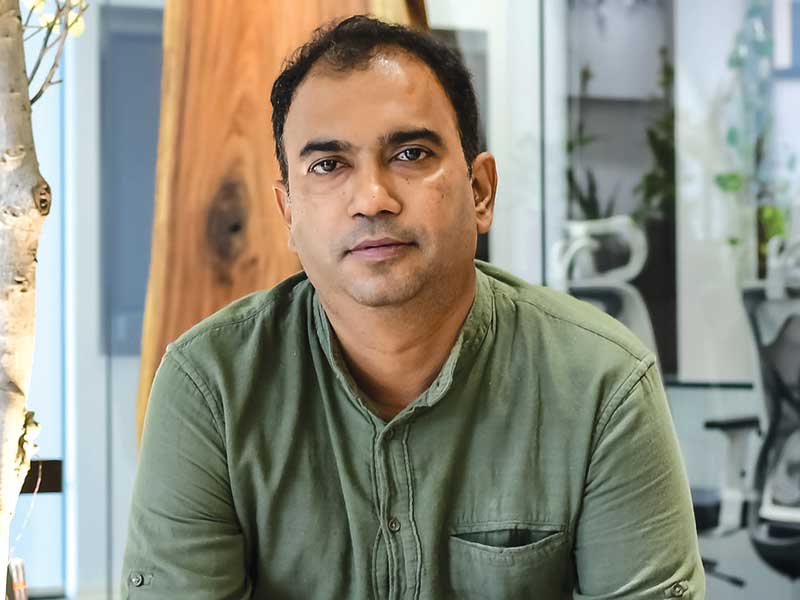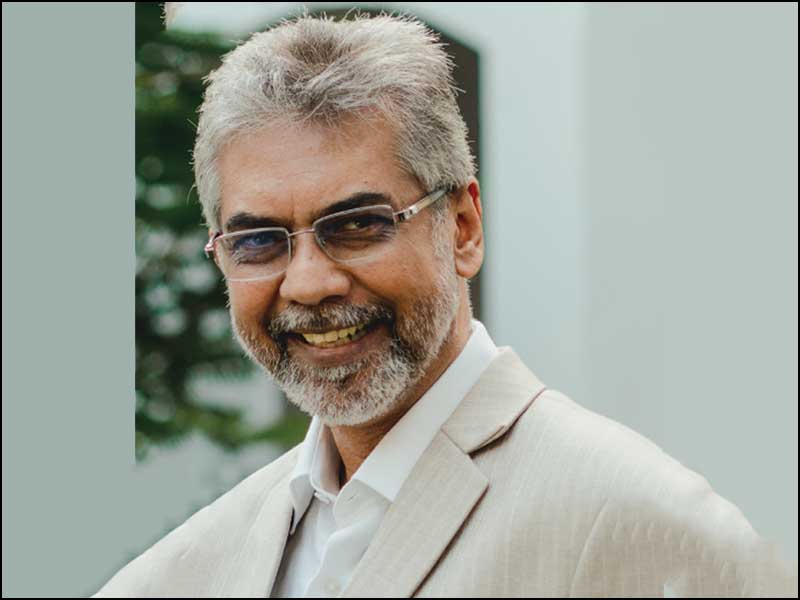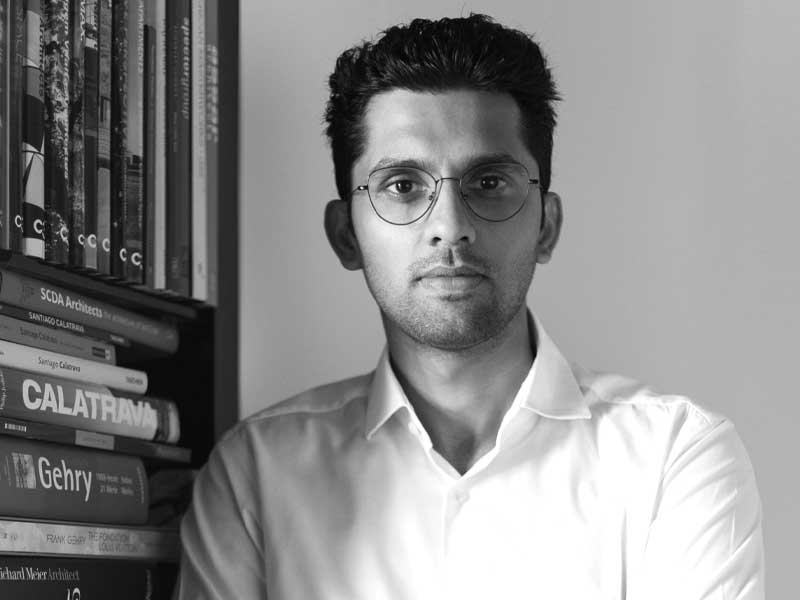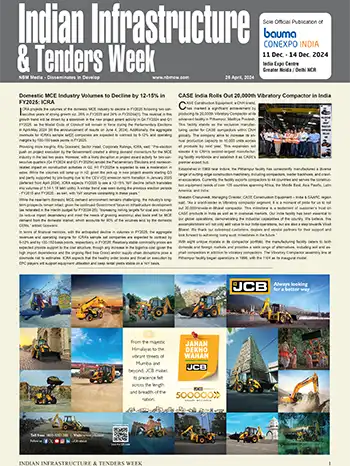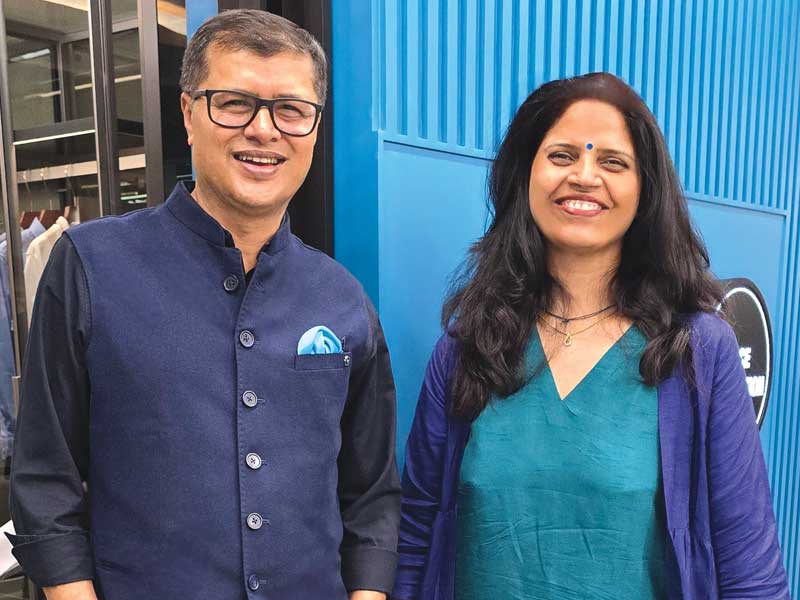
Today, societies are led by people who have vastly travelled throughout the world, or, thanks to the internet, at least have had access to the bulk of imagery channeled by various kinds of media. There is, thus, a higher awareness within stakeholders about the technological advancements within the world. Consequently, this builds up an environment which puts a lot of pressure on the architectural fraternity to move with the tide and be proactive in use of technology as well as be ‘adventurous’ in the use of materials. This ‘adventure’ is provided impetus by an increasing awareness amidst carbon footprint concerns and resource depletion.
Over the past couple of decades, our social stratification has rapidly evolved and as a result, we now have a society which is more accustomed and responsive to newness, for better or for worse. What can be said without much doubt is that, the extensive processes research across materials and technologies have helped overcome limitations. Within the architectural sector, technologies like VR and BIM, enable us to visualize things and coordinate things in a better way. Unfortunately, they also provide us with a sense of false confidence in our architectural ideas which comes at the expense of great workmanship, the lack of which has caused poor quality construction endemic within the industry. Of late, many firms have identified this gap and have shifted their focus upon workmanship in order to create architecture that can sustain through generations.
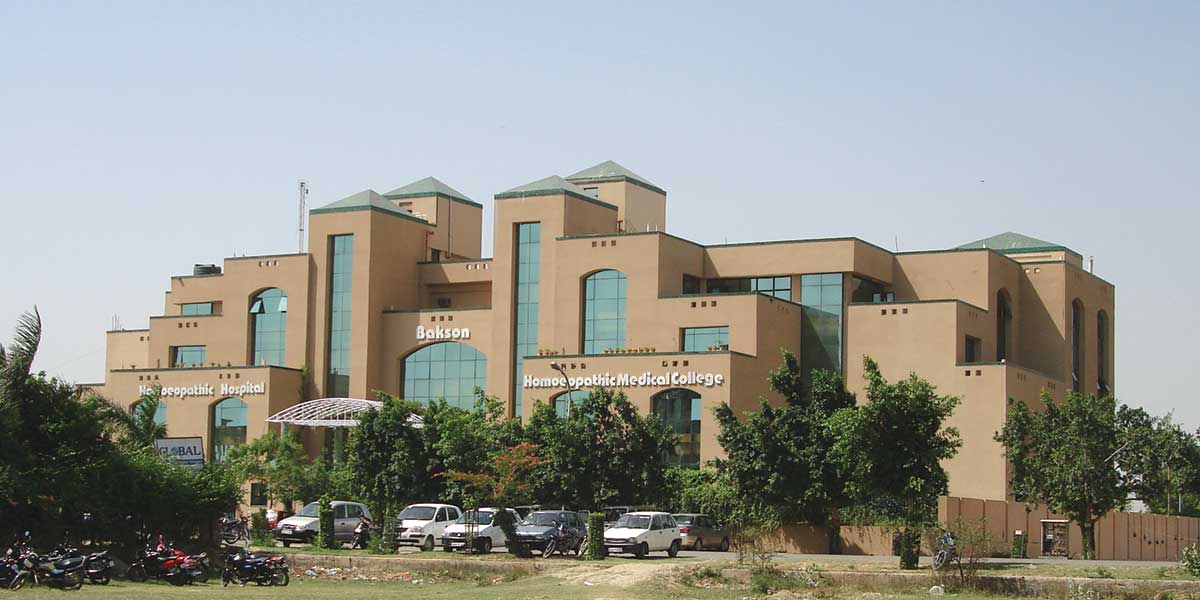
There is an urgent need for a lot more education, awareness and integration about materials, technologies, engineering and architecture in order to achieve maximum output of the developments in the field. Sustainable goals themselves have to be made sustainable.
The future is going to be complex where everything will co-exist. There will, undoubtedly, be a lot of action in Tier II and III cities at mass scale. With the amount of focus from the government resulting in economic development, these cities will be fertile grounds for architects to thrive in. The newer generations in these cities are more enlightened and hence keen to embrace a new imagery, technology and want to experiment with new materials.
There is also speculation that the rise of the right wing in the country’s politics might privilege an indigenous tone in the overall imagery of architecture, as seen in the case of the Ayodhya Airport. While this is definitely a point of contention, there is no doubt that the creation of great spaces and iconic architecture shall always be the driving force behind architecture.

